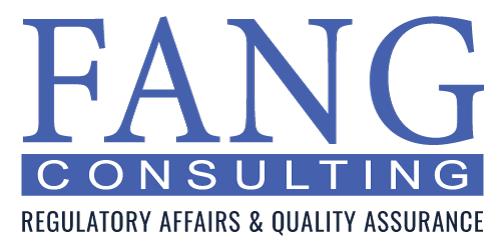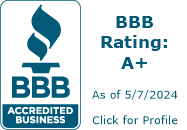
By Leslie Williams | February 22, 2021
As a medical device manufacturer, how do you know if your product is a medical device? Unfortunately, the answer to that question is not always clear, as a wide range of products – from tongue depressors to antibody test kits to programmable pacemakers – can all be classified as medical devices.
Enter “is my product a medical device” into encyclopedia Google and you’ll get a plethora of websites offering a definition. Wikipedia simply states that a medical device is any device intended to be used for medical purposes, so no help there. Both the World Health Organization and the FDA offer more detailed definitions, but more detail does not necessarily lead to product classification clarity. So how is a medical device really defined – and does it matter?
How does the FDA Define a Medical Device?
It absolutely matters, because medical devices are one of the most tightly regulated products on the market. Every phase of the development process from cocktail-napkin concept to working prototype to validation testing and beyond is bound by a complex set of regulations intended to ensure product safety and efficacy. Manufacturers need to align their processes and documentation with these regulations, so knowing whether a product qualifies as a medical device is an important first step in bringing a product to market in the US.
The FDA defines a medical device as “an instrument, apparatus, implement, machine, contrivance, implant, in vitro reagent, or other similar or related article, including a component part or accessory, intended for use in the diagnosis of disease or other conditions.” There are a few more specific bullet points, but this broad opening description serves as the crux of the FDA’s official classification. Even that does not paint a complete picture, so what else does a manufacturer need to determine if their product qualifies as a medical device?
Clarify the Product’s Intended Use
Manufacturers will want to give some serious thought to the intended use of their product. The intended use statement will decide your product’s regulatory future and will go a long way toward clarifying whether your product qualifies as a medical device or not.
Simply put, the intended use refers what the device does – what is it intended to do. The intended use clearly states the purpose of the device as can be demonstrated via labeling, advertising, oral or written statements and product claims. Is your product designed to diagnose disease? Will it be advertised as a better way to monitor blood glucose levels? Does the proposed labeling promise to improve patient health? Chances are your device will qualifiy as a medical device.
Likewise, the indications for use are born of the intended use statement, and clearly state the anatomical sites where the product can be used, the targeted population, and duration of use for the device. While the indications for use are not as important to the classification as the intended use, knowing where your product is to be used and what patient population it targets can help you determine if your product falls under the medical device umbrella.
Does Your Product Meet the Definition?
If the intended use and indications for use of your product fall within the FDA definition of a medical device, the next step is to see if it qualifies based on the definition outlined in the Food, Drug and Cosmetic Act (FD&C). The original 1938 act was amended in 1976 to include medical devices, and almost fifty years later remains the pivotal piece of legislation guiding the production, regulation, sale, and marketing of medical devices in the US.
The FD&C separates medical devices into three classes based on the level of risk posed to users of the product:
- Class I devices are typically those already on the market with a demonstrated history of safety. Think band-aids, dental floss, latex gloves, and some hand-held surgical instruments.
- Class II devices are still relatively simple devices but pose a slightly higher risk so require a bit more regulation to ensure product safety. Most medical devices fall into this category – infusion pumps, pregnancy test kits, surgical drapes and powered wheelchairs are just a few examples.
- Class III devices are typically used to support or sustain life, are implantable, and carry the highest potential risk for illness or injury. Implantable pacemakers, pulse generators, breast implants, and automated external defibrillators (AEDs) are all class III devices.
Does Your Product Fall into an Existing Product Classification?
If you’re still uncertain whether your product qualifies as a medical device, the next step is to review the FDA Product Classification Database. A keyword search of this database will provide a view of any existing product with similar design and intended use to yours.
You can also search individual databases based on FDA approval status:
- Pre-market approval is typically granted to high-risk, Class III devices
- Premarket 510(k) notification is largely comprised of moderate-risk, Class II devices
- de novo classification is used for novel devices of low to moderate patient risk
There is also a database for Emergency Use Authorization, which is used only in situations where a public health emergency has been declared, such as the COVID-19 pandemic. Manufacturers granted an EUA must submit a traditional 510(k) to the FDA if they wish to keep their device on the market after the emergency declaration comes to an end.
The Devil Really is in the Details
Classification of your product really does determine its future and making the wrong choice can result in post-market regulatory headaches and unanticipated expenses. But with careful review of the regulations, consideration of your product’s intended use, and comparison to products already cleared by the FDA, you can determine whether your product qualifies as a medical device. And that determination will guide you down the correct pathway to FDA approval (as applicable) and market success.




